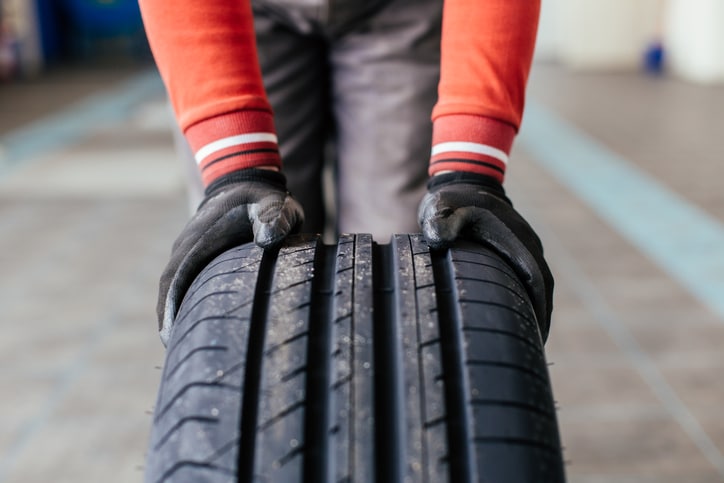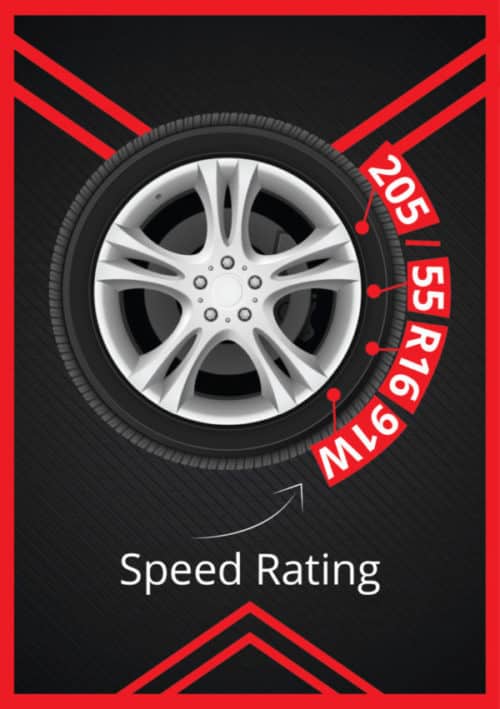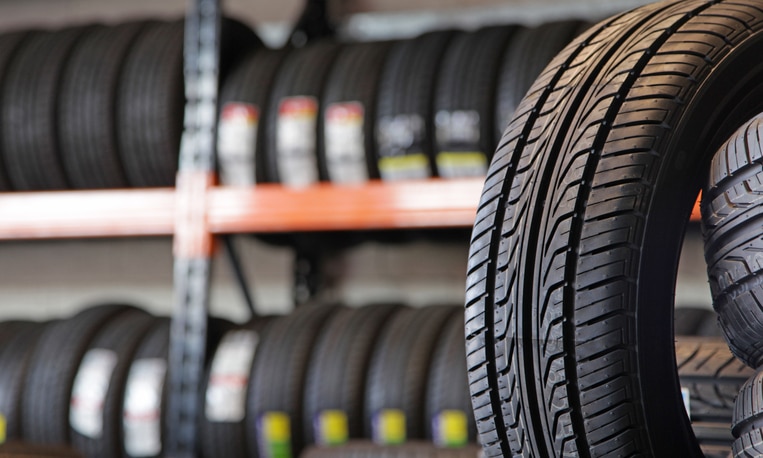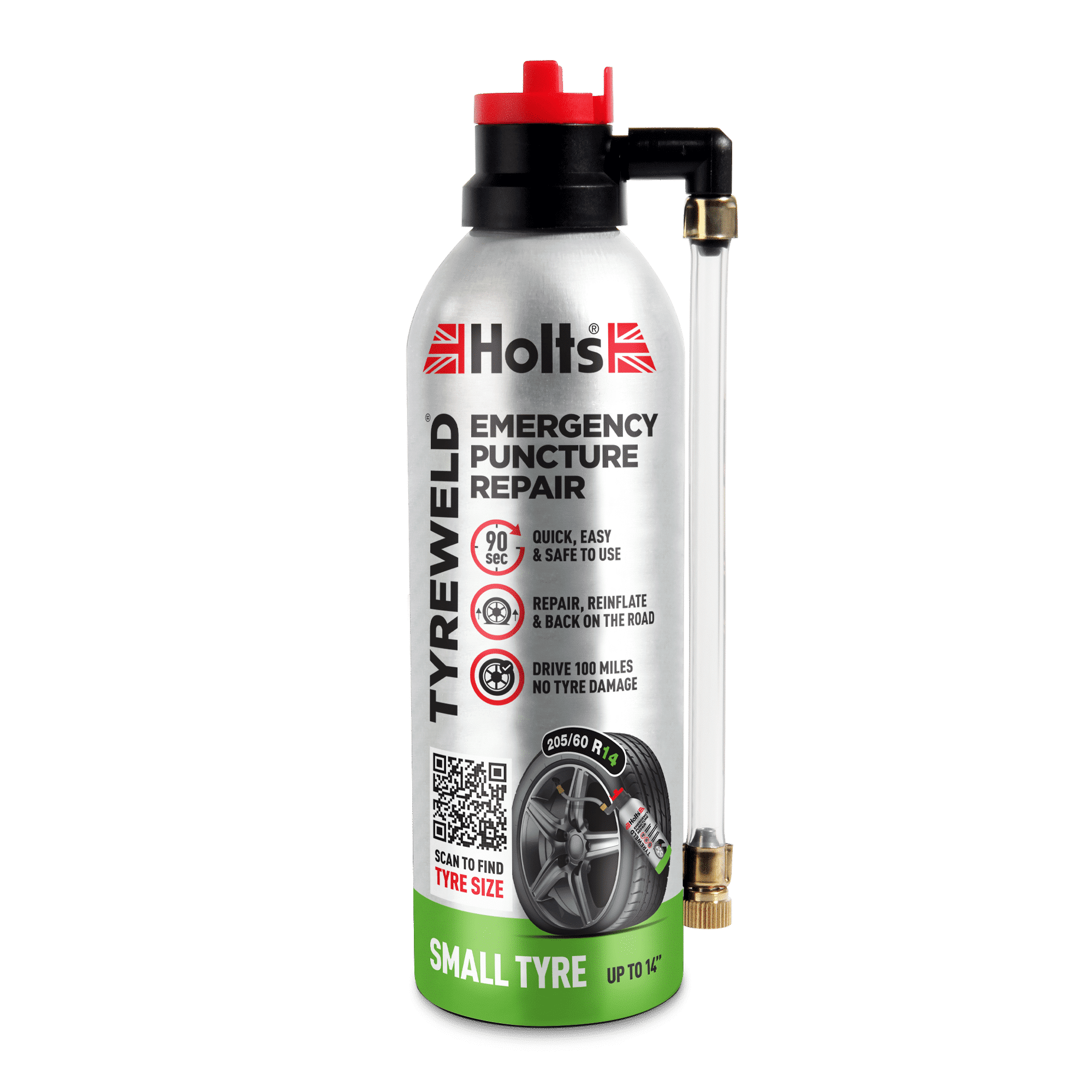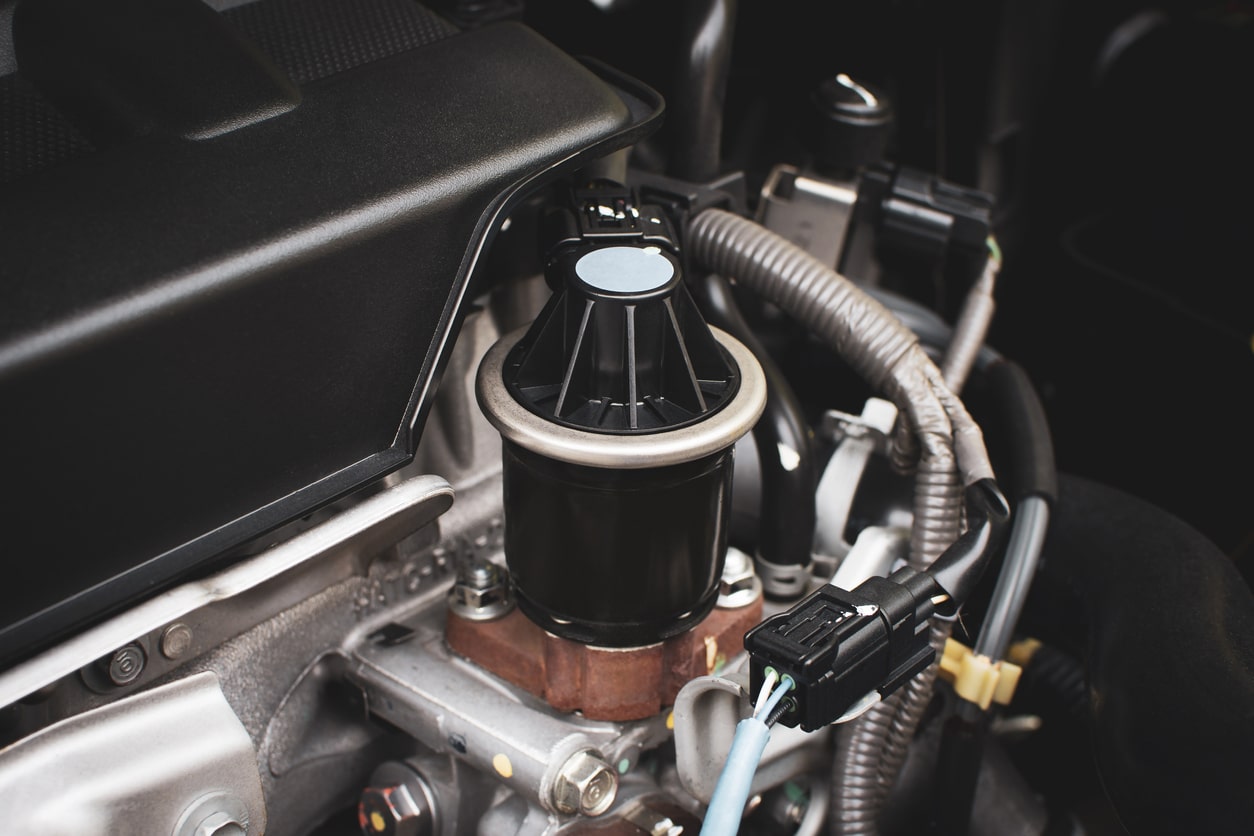Tyre speed ratings show the maximum speed a car tyre is allowed to travel at. It’s important to know the speed rating of your tyres so that you don’t go over their legal speed limit, as this could affect your car insurance. But where do you find your tyre’s speed rating? And what do the numbers mean?
In this guide, we show you where to find tyre speed ratings, what they mean, and how to find tyres that are right for your car.
Quick links:
- Where to Find the Tyre Speed Rating
- How to Read Your Tyre Speed Rating
- Tips on Finding the Right Tyres for Your Car
Where to Find the Tyre Speed Rating
You’ll find the tyre speed rating on the sidewall, at the end of the list of numbers which show the tyre’s size. The speed rating is always a letter and is usually placed directly next to a number, so it should be easy to find.
Tyre speed ratings are based on a European system, in which letters show around a 10km/h difference in the speed the tyre is allowed to be driven at. Here in the UK, this is slightly different, as the change between letters is only around 6mph.
Once you’ve found the tyre speed rating, you need to know what the letter means in terms of maximum speed. Make a note of the letter on your tyres and refer to our handy tyre speed rating table below.
How to Read Your Tyre Speed Rating
Understanding tyre speed rating letters isn’t as simple as ‘A, B, C’. The letters don’t follow a regular sequence, so it’s important that you know what the letter means before investing in a set of tyres, as they need to be right for your type of car.
In the table below, we list tyre speed ratings by letter and match them up with their maximum allowable speed. You can use this when finding new tyres for your car. Remember that, because the original European system is based on km/h, increments in mph are a bit random.
As the table shows, there are some unusual letters to watch out for, like ‘H’ being higher than ‘U’ and ‘Z’ being lower than ‘W’ and ‘Y’. That’s why it’s so important that you check the tyre speed rating before buying, as you don’t want to be left with four tyres that don’t match up with the maximum speed of your car.
Below, we offer a few pointers on buying tyres that are right for your car, and why this is so important.
Tips on Finding the Right Tyres for Your Car
When most people buy tyres, they’re looking for the best combination of performance, durability and price. But the speed rating is an important factor, too.
If you opt for tyres with a lower speed rating than is recommended for your car, it could invalidate your insurance policy. Not only that, but the tyres may wear faster when driven at high speeds, so any saving you made by choosing cheaper tyres with a low speed rating will be lost when you need to replace them in a year’s time.
To help you find tyres that are the right fit for your car, here are our top tips.
- Know your car’s maximum speed – Although you may never have got close to your car’s maximum speed, the tyres should match up with this. The car’s manual can tell you its top speed, so bear this in mind when searching for new rubber.
- Stick to the right letter – Even if you’ve read great reviews about a set of tyres that are the right size for your car, you should always go for the ones that are appropriate to its top speed. This will give you the best combination of performance and safety, without jeopardising your insurance.
- Use a registration plate tyre finder – Nowadays, it’s easier than ever to find tyres that are right for your car, with major tyre suppliers offering a registration plate checker that quickly finds the right information for your car. While these tools make it dead easy to find tyres, you should still check the size and speed rating carefully before deciding to buy.
Whether fixing a puncture by the roadside with Tyreweld or getting things going with Bradex Easy Start, Holts have all the DIY car maintenance tools you need to keep on driving. For more information, visit our homepage today.
